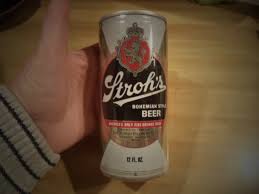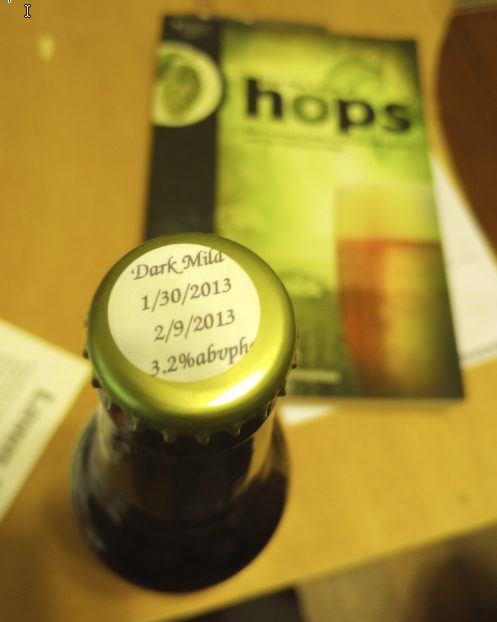I've talked to a few people about this as I'm starting to get into low abv brewing and I've shared a few of them. It seems everyone is fixated on brewing essentially non-alcoholic beer. And to me, NA beer tastes bad. Even the good ones don't taste like beer. They are beer-like, sure. But they aren't beer and leave me unsatisfied.
I've been brewing beers around 3%, shooting for 3.2% and they are every bit as satisfying as a 5% beer. I've been mashing warmer and shorter, using a bit more malts like Munich or Vienna, lowering the IBUs a tad, and using good yeast. It's just a theory of mine so far, but I feel the lower ABV just may let some of the more subtle yeast characteristics show a bit more. I currently have a 3.1% helles (Omega Mexican lager) and a 2.9% hefeweiss (W-68) on tap and I love them. Others have had them and said that if I wouldn't have told them they were 3% they would never have guessed. That makes me happy to hear.
I know others have been brewing lower abv beers, but I'm not talking cold mash (done that, don't like it) or 1.5% abv beers with 170F mash temps. I'm talking about the same exact styles we're all used to drinking, but a perfect in between abv. It's not really an extreme.
I think there's definitely a market for this as people want to cut back on their alcohol consumption but are put off by the price of NA beer and dissatisfied with it as well. Brewing 3.2 beer should be cheaper overall and can be every bit as flavorful and satisfying. Plus there are some historic styles that are under appreciated and unknown to much of the beer drinking public. I feel this is a largely untapped market, a perfect happy medium.
Maybe no one cares but I wanted to start a discussion for others who are doing the same, but not taking it to an extreme, just striving for a perfect happy medium while still achieving the same flavors.
Prost!


































![Craft A Brew - Safale S-04 Dry Yeast - Fermentis - English Ale Dry Yeast - For English and American Ales and Hard Apple Ciders - Ingredients for Home Brewing - Beer Making Supplies - [1 Pack]](https://m.media-amazon.com/images/I/41fVGNh6JfL._SL500_.jpg)

























